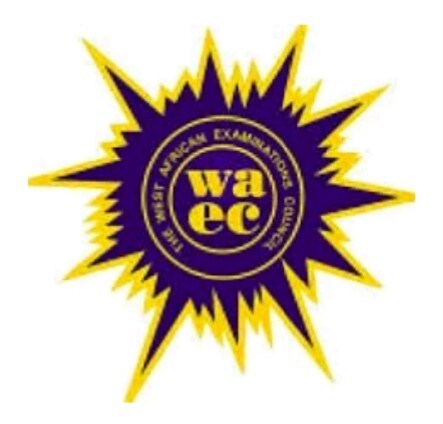Sculpture is an essential vocational subject that plays a significant role in preserving and developing a society’s culture and arts.
To excel in the Sculpture examination, it is crucial to study the WAEC syllabus, which provides aims, objectives, and a detailed format for the exam.
This blog post will serve as a simplified guide, outlining the key topics to study for the Sculpture exam.
Objectives:
The syllabus aims to test candidates’ knowledge in the history and development of sculpture, their ability to work with various materials and tools, practice healthy studio habits, showcase creative skills in designing and producing sculptures, demonstrate finishing and packaging techniques, appreciate and critique sculptures, and understand the process of planning and establishing a small-scale industry.
Scheme of Examination:
The Sculpture exam consists of three papers: Papers 1, 2, and 3. Paper 1 comprises multiple-choice questions to be answered within 50 minutes. Paper 2 consists of essay-type questions, where candidates need to respond to four out of six questions within 2 hours. Paper 3 involves practical projects, and candidates will execute one project within five days, working six hours each day.
Detailed Syllabus:
- Sculpture as a Vocation: Definition, history, career opportunities, and methods of creating sculptures, such as carving, modeling, casting, construction, and assemblage.
- Exploration of Materials, Tools, and Equipment: Identifying and using tools for carving, modeling, casting, and construction. Maintenance and care of tools and equipment.
- Safety Measures and Precautions: Safety guidelines for different sculpting techniques, including carving, modeling, casting, and construction.
- Preliminary Design: Importance of preliminary design, idea development through sketching and drawing, and preparation of models for reference.
- Method of Production: Various techniques for carving, modeling, casting, and construction.
- Lettering: Types of lettering, methods of execution, and applications of lettering in sculptures.
- Decoration and Finishing: Different types of decoration and finishing techniques, their importance, and materials and tools used.
- Establishment of Small-scale Industry: Factors to consider for setting up a sculpture enterprise, socio-economic importance, and ethics of quality control.
- Packaging and Handling: Techniques, materials, and tools used for packaging sculptures, as well as the importance of proper packaging.
- Costing, Pricing, and Marketing: Basic marketing strategies, types of exhibitions, planning and mounting exhibits, and effective marketing techniques.
- Managing Sculpture Enterprise: Functions of a manager, controlling business risks, and measures of control.
- Appreciation and Criticism in Sculpture: Understanding the process of appreciating and evaluating sculptures, terms used in sculpture appreciation, and critiquing works of art.
- Portfolio of Works: Methods of compiling and using a portfolio to track artistic development and showcase works.
- Professional Practices: Developing a business plan, artist’s statement, business brochure, and card.
- Museum and Gallery Studies: Definition, history, functions, administrative structure, and socio-economic importance of museums.
- Ideal Studio: Indoor and outdoor space requirements, necessary facilities, and storage areas for tools and materials.
Conclusion
Studying the WAEC Sculpture syllabus is crucial for exam preparation.
This blog post has provided a simplified overview of the syllabus, highlighting key topics to focus on.
By following this guide, candidates can enhance their knowledge and skills in sculpture, ensuring a productive and successful examination experience






